In the complex world of commercial insurance, businesses are constantly seeking ways to manage risk and reduce costs. One vital tool in achieving this balance is the Experience Modification Rating (EMR). Although it might sound like technical jargon, understanding EMR is essential for businesses looking to navigate the intricate landscape of insurance and optimize their coverage.
What is Experience Modification Rating?
Experience Modification Rating, often referred to as EMR or MOD, is a numerical representation of a business’s historical workers’ compensation claims and loss experience compared to its industry average. It is a key factor used by insurance companies to adjust premium rates, reflecting a company’s risk profile and safety performance.
How is EMR Calculated?
The EMR is calculated based on the frequency and severity of workers’ compensation claims over a specified period, typically three years. The formula takes into account the actual losses (claims) and expected losses, comparing a company’s experience to the average within its industry. A ratio of 1.0 is considered average, with a rating below 1.0 indicating a better-than-average safety record and a rating above 1.0 signaling a higher-than-average risk.
The components of calculating EMR include:
Actual Losses (Claims): The first component of the EMR calculation involves the actual losses a company experiences due to workers’ compensation claims. This includes the direct costs associated with workplace injuries or illnesses, such as medical expenses and indemnity payments (compensation for lost wages).
Expected Losses: Insurance companies use statistical data and actuarial calculations to determine the expected losses for a company based on factors like industry type, size, and historical loss data. This represents the losses that would be anticipated for a business of similar characteristics.
Comparison to Industry Average: The ratio of actual losses to expected losses is then compared to the average for the industry. This step is crucial as it normalizes the comparison, allowing for a fair assessment of a company’s safety performance relative to its peers.
When interpreting EMR values, these are the levels to be aware of:
EMR Below 1.0: A company with an EMR below 1.0 is performing better than the industry average in terms of safety. This is considered a favorable rating, and insurance premiums are likely to be lower than the industry standard.
EMR Equal to 1.0: An EMR of 1.0 indicates that a company’s loss experience is in line with industry expectations. Premiums will likely be standard, with no adjustments for risk.
EMR Above 1.0: An EMR above 1.0 suggests that a company has a higher-than-average risk of workplace injuries or illnesses. This may result in higher insurance premiums as a reflection of the increased likelihood of future claims.
Why Does EMR Matter?
Premium Impact: A lower EMR is rewarded with lower insurance premiums, as it suggests a safer work environment and reduced risk of future claims. Conversely, a higher EMR can result in increased premiums, reflecting a higher perceived risk and potential for future claims.
Competitive Advantage: Maintaining a favorable EMR can give businesses a competitive edge in bidding for contracts, especially in industries where safety records are crucial considerations.
Risk Management: EMR serves as a valuable risk management tool, encouraging businesses to prioritize safety measures and implement proactive measures to prevent workplace accidents.
Financial Stability: A positive EMR can contribute to a business’s financial stability by minimizing unexpected spikes in insurance costs, allowing for better budgeting and financial planning.
Industry Benchmarking: EMR provides a benchmark for companies within the same industry, allowing businesses to assess their safety performance relative to their peers and identify areas for improvement.
Managing a positive EMR is beneficial for the entirety of your business. According to the President of Muir Insurance Michael Muir, 60% of mods are not accurate. Reviewing losses reported by the carrier to the bureau can be misreported, causing the mod value to be higher and costing the company additional premium. By working with a professional to manage your EMR, you can maintain positive financial health for your business.
How do I Maintain a Favorable EMR?
In the intricate realm of insurance, EMR is a crucial metric that can significantly influence a business’s financial health. By understanding and actively managing their EMR, businesses not only mitigate risk and protect their workforce but also position themselves for better financial stability and competitiveness in the market.
Here are some tips for improving and maintaining a favorable EMR:
- Prioritize Safety Culture: Foster a strong safety culture within your organization. Make safety a core value, and encourage employees at all levels to actively participate in creating a safe work environment.
- Implement Comprehensive Safety Programs: Develop and implement comprehensive safety programs tailored to your industry and specific workplace hazards. This may include regular safety training, hazard assessments, and the enforcement of safety protocols.
- Invest in Training and Education: Provide ongoing training and education for employees on safety best practices. Ensure that all workers are aware of potential hazards, know how to use safety equipment, and understand emergency procedures.
- Promptly Address Incidents: In the event of a workplace injury, respond promptly and thoroughly. Investigate the root causes of incidents, implement corrective actions to prevent recurrence, and document all steps taken.
- Proactive Risk Management: Identify potential risks and hazards in the workplace before they lead to incidents. Conduct regular risk assessments and take preventive measures to minimize the likelihood of accidents.
Contact the local experts at Muir Insurance Group to discuss your EMR and let us help you with your homeowners insurance policy. Call 847-550-9900 or email Muir Insurance Group for a free consultation.
—–
